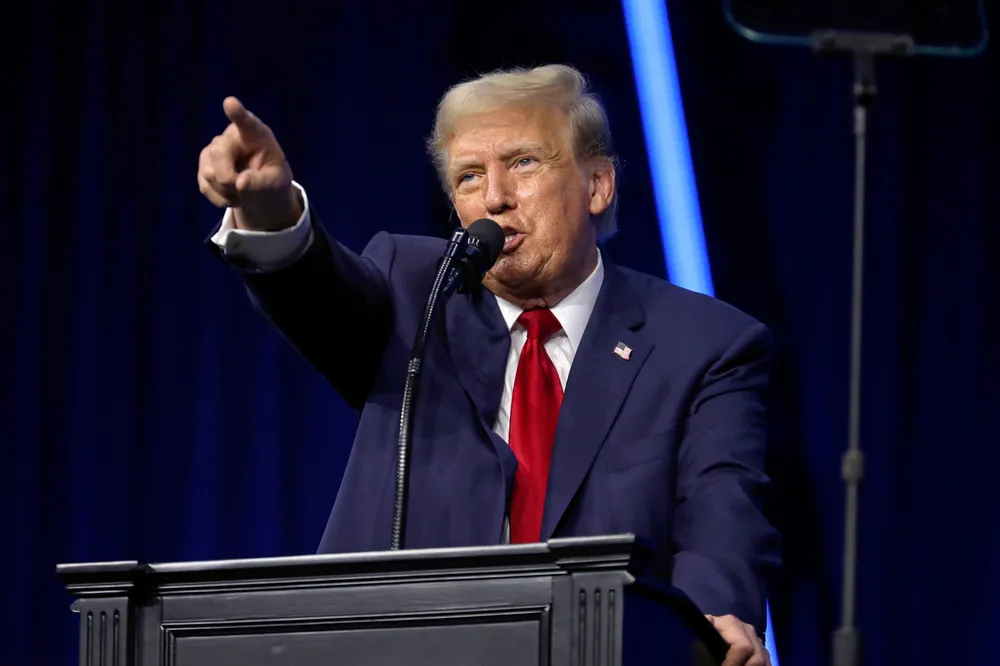Trump's 'kept promises' could derail nascent US offshore wind industry: analysts
More than $24bn in supply chain investments and state procurement targets of some 80GW on the line if president-elect follows through on vow to halt sector development

President-elect Donald Trump said in his acceptance speech that he would govern by the motto: “Promises made, promises kept.”
Among those were a promise to end offshore wind development “on day one” of his term, raising the stakes for the nascent sector propelled by outgoing President Joe Biden’s administration.
The US offshore wind industry has handled Trump’s election with stoicism, pledging to work with the new administration. Analysts and industry watchers are skeptical of its prospects, however.
If Trump implements his stated intention to halt offshore wind development, “it is possible that he could direct the Bureau of Ocean Energy Management (BOEM) to impose a moratorium on offshore wind construction activities,” said John Murray, senior research analyst, S&P Global Commodity Insights
Biden put offshore wind at the heart of his climate and emissions agenda, galvanising development with 30GW by 2030 goal.
Under his watch, BOEM approved 15GW of capacity and held six lease sales that auctioned off 1.8 million acres (72,843 sq.km) of seabed holding some 218GW of potential capacity.
Much of this happened since passage of landmark climate legislation the Inflation Reduction Act (IRA) in 2022 that lavishes tax incentives on clean energy deployment and manufacturing.
American Clean Power Association (ACP) puts the industry on track to raise $65bn in investment by 2030.
ACP noted that only about 30% of investment has actually broken ground or is in operation, with most of it is still in announced status, with “some likelihood not all announced investments will reach fruition,” the industry advocate said in its sector report in July.
Uncertainty surrounding Trump’s election “makes it near impossible for supply chain players to make investment decisions in new manufacturing sites with confidence,” said Oliver Metcalfe, head of wind research at BloombergNEF.
Redirected capital
Trump has the IRA in his crosshairs as well, adding to uncertainty.
This will contribute to already high costs and weaken a key industry selling point of jobs creation.
This uncertainty extends to clean energy investment in general, and research consultancy Wood Mackenzie slashed its renewables deployment estimate by 30% in its latest update.
Norwegian research firm Rystad Energy said that Trump’s skepticism of renewables could result in “regulatory and funding priorities more likely to favour fossil fuel infrastructure than low-carbon energy,” according to Lars Nitter Havro, head of energy macro.
State targets
New Jersey for example has procured over 4GW of capacity towards its 11GW by 2040 target, but only Shell-EDF’s 1.5GW Atlantic Shores array has been permitted.
Beyond project approvals, a moratorium on leasing could derail Delaware and Maryland's sector ambitions.